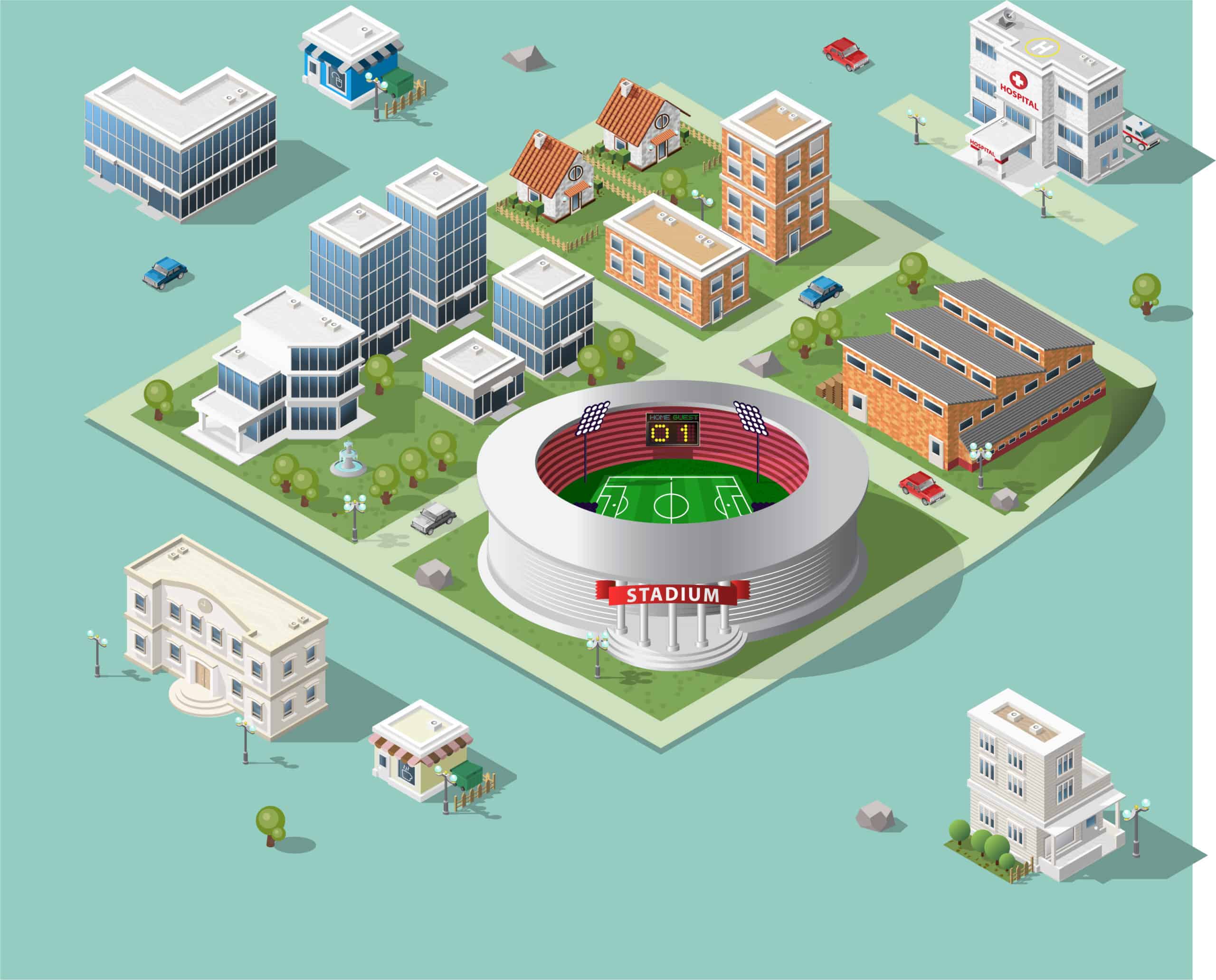During AVI-SPL’s VIBE: #FutureofHigherEd event, we explored how the higher education landscape is changing and adapting to meet the needs of students and faculty. Panelists covered topics like the future of higher education, CARES Act funding, and the campus as a city.
As higher education works to better serve its students and faculty, people are thinking of the campus as a city.
The Higher Education Campus as a City
Campuses are small cities in that they offer a variety of experiences. Students, staff, and faculty can explore options for dining, shopping, learning, recreation, collaboration, exercise, and more. Higher education leaders quickly moved to remote or hybrid learning in 2020. Now they are revisiting the role digital and physical campuses play in student success.
During this session moderated by AVI-SPL’s John Bailey, senior vice president of technology and innovation, panelists discuss the ways technology solutions enhance student interaction with the campus. John is joined by John Hulen, director of channel education with Crestron, and Brandon Brunhammer, AVI-SPL solution architect. They discuss in detail:
- Immersive spaces – Areas where students interact with 3D content, such as taking apart and rebuilding a 3D engine.
- Medical simulation – Clinicals are happening outside of medical facilities more and more because of tight regulations. STEM areas are using AR, VR, and mannequin solutions to help medical students complete clinical hours safely and effectively.
- Medical simulation labs – These labs simulate real-life scenarios, such as the back half of an ambulance or a home environment. Students gain valuable training in a lab equipped with specialized tech like intuitive human-tracking sensors and medicine-monitoring tools.
- Stadiums and arenas – Technology can increase engagement within a university’s culture. Better broadcasting capabilities, a fan experience throughout a building or event, and Hall of Fame or memorabilia apps resonate with attendees.
- eSports—Schools are seeing big growth in eSports. Plus, campuses are creating engaging, multi-use spaces to diversify the capabilities of the eSports lab for VR, AR, content creation, streaming, marketing, and more.
- Metro areas – Each college campus is like a city within a city. This makes cooperation with local areas a key to success. Libraries, research facilities, creativity studios, and visualization labs are just a few areas where higher education is using tech to collaborate with the community.
Watch “The Campus as a City”
To learn more about how technology is shaping college campuses into cities, click the button below. If you have any questions or would like more information, contact AVI-SPL. We’re here to help.

